It was an edgy thing to say in 2013, but it seems like a done deal now. Dentistry has become retailised, has it not? Consider that back then quite a few practices still didn’t have a website, and yet they did OK. In this article I’m going to articulate what retail dentistry really means by way of some well known and rather monumental cock ups in other industries. And then I’m going to say that once you taste success as a trader using retail principles, the game is far from over if you want to survive and thrive.
This may seem like an unnecessary point to make, given that many of you are experienced dental practice owners operating in what is by now a de facto retail space. There are, it’s true, many things about life as a dental practice owner in 2021 that would seem to show we have collectively made the transition to retail dentistry. Private dentistry is blossoming thanks to its agile response to Covid regulations. Revenues are up to well over pre-Covid levels in many of our client practices. So what is the problem?
It’s a mindset thing. When we get comfortable, we get lazy and we miss opportunities. Let me give some examples:
- In 2000 Blockbuster had serious highstreet presence (do you remember the meditative ritual of browsing videos for ages before your weekend film night?). It could have bought Netflix for $50m. Today Netflix is worth $221bn after a stellar 2020 in which it added 37 million subscribers (taking it over 200 million) and banked $542m profit, with sales of $25bn. A formidable disruptor that’s coming into its full bloom. The fundamentals should have been obvious to Blockbuster (the most obvious one being the internet).
- In 1975, an engineer working at Kodak called Steven Sasson created the world’s first digital camera. He showed it to Kodak executives and got this reaction, according to Sasson: “They were convinced that no one would ever want to look at their pictures on a television set. Print had been with us for over 100 years, no one was complaining about prints, they were very inexpensive, and so why would anyone want to look at their picture on a television set?” Kodak didn’t want to cannibalise its film businesses but it eventually made the switch to digital in 1993 and filed for bankruptcy in 2012, after being hammered by the launch of the iPhone in 2007.
- At its peak Toys R Us was considered a classic category killer, but it wasn’t until May 2017 that it properly invested in its online platform. It filed for bankruptcy the same year and its British stores entered administration in early 2018. Amazon is now responsible for 51% of toys sold in the UK, a £3.3bn market (the largest toy market in Europe and the fourth largest globally).
- In 1975 Jonathan Fine, our friend at Fine Company met a man in Sheffield who offered to cut him a deal if he did some work on a project. It was a magazine called Autotrader that was going to list second-hand cars for sale as classified ads. For Jonathan, a lifelong car aficionado, this was bread and butter stuff, especially as he’d started his marketing career selling classified ads in newspapers. He was offered the chance to be a part of the Autotrader platform but turned it down. “I thought, ‘What a silly idea, people like buying newspapers to see car ads.’” Today Autotrader is worth £6bn. It posted sales of £368.9m in 2020.
The protagonists in each of these situations could have increased their wealth exponentially had they been less attached to their mode of trading and their short term income and instead more interested in investing in the future. There were big changes to consumer behaviours and to technologies that affected these industries, but these changes could have been anticipated and prepared for (and indeed they were, just by other people). Once consumers get wind of cheaper, easier and faster ways of doing things they don’t look back. At that point all of these markets were an open door to any competitors who could mobilise the new technology quick enough.
Incredibly, though, we still see the same errors made by established dental practices and dental groups — and all sorts of other businesses — week in week out: failing to drive change and losing ground to competitors who invest in innovation while future-proofing their businesses. This is the work that Hive specialises in: getting your business on the front foot to innovate, lead and secure your future. Don’t be reactive to the flurry of changes that are going to accelerate in the coming years. Our track record with leading dental practices through 2020 is a case in point — call and ask me to take you through what some of our best performing clients achieved if you’d like to know more.









